The Spherical Book : Writing in a Three-Dimensional Alphabet (4 of 4)
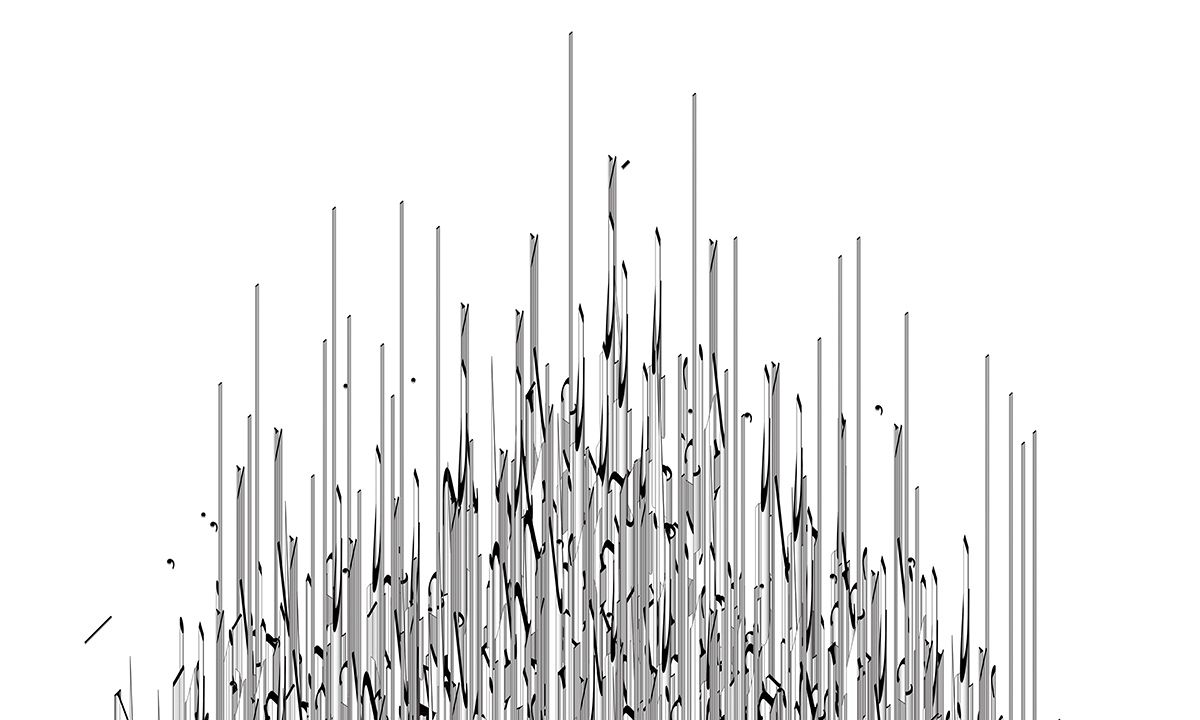
Sculpting an Alphabet
The following drawings were created for an exhibition called The Spherical Book, which I presented along with @hansikhouse, @voronoi, and @arete as the first project by our design collective @hitheryon. If you missed my post describing this exhibition and the concept of the spherical book, check it out here.
The Spherical Book exhibition was an exploration of how the discovery of a single unknown object (for example: a spherical book) could potentially have a domino effect and transform the design of not only bookshelves, but also houses, cities, language and even human interaction. As my contribution to the exhibition, I chose to focus on the ways in which three-dimensional writing would alter our understanding of inherent meaning and comprehension. I created a series called Times New Roman: Plan, Axonometric, Rendering, which explores this potential for hidden dimensions behind the two-dimensional alphabet we know.
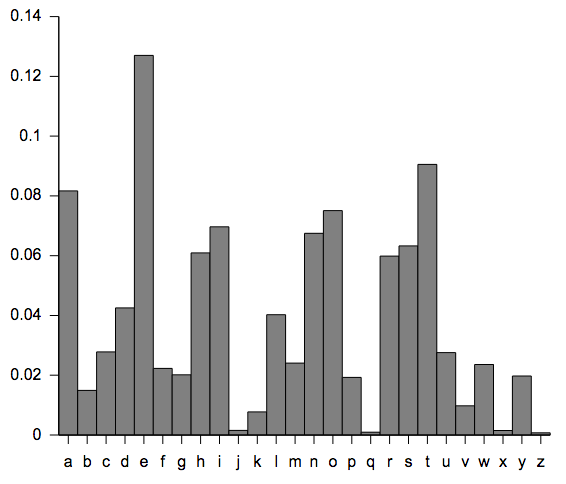
My first move was to create a three-dimensional alphabet in a digital modeling program called Rhino. Using the Times New Roman font as my starting point, I wanted each letter to be fully legible when viewed from above, but when the three-dimensional form is rotated off of the above view, suddenly we find the previously unseen sculptural form found within each letter. In order to make the sculptural forms less arbitrary, I based the sizes of the letters off of their frequency of use in the English language (as shown in the table above). For instance, "e" is the most commonly used letter in English, so it was extruded as the tallest letter, whereas less-common letters like "j" and "z" are very squat and stay low to the ground. Here is a look at the final 3D Times New Roman alphabet I designed:
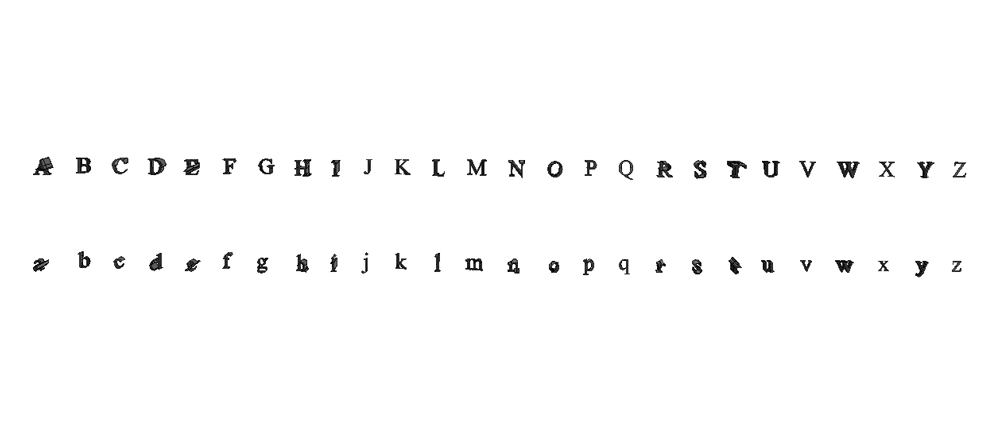
"I am not a plane Figure, but a Solid."
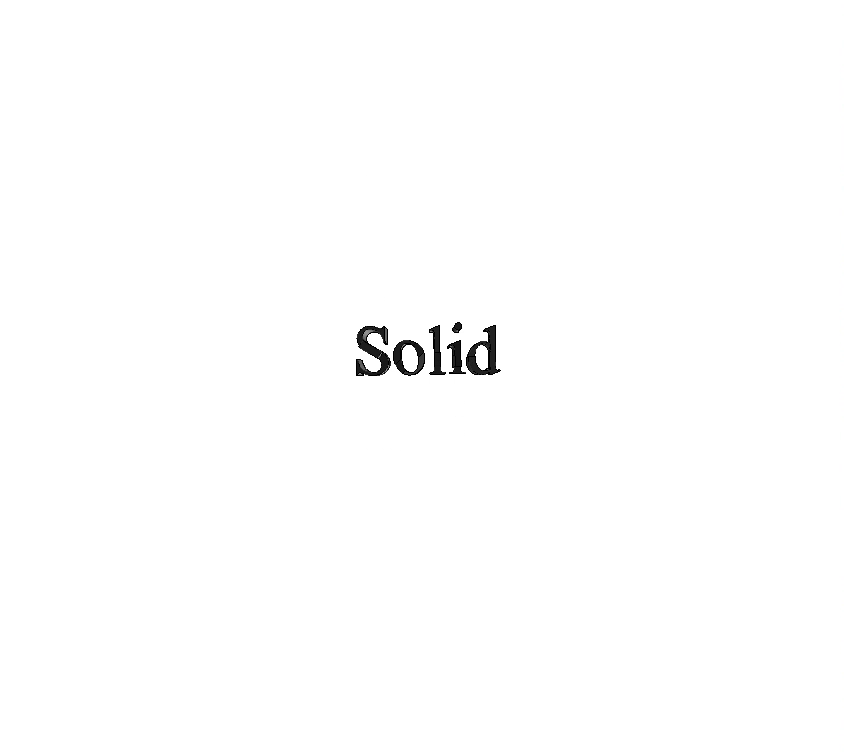
Once I had built the alphabet, I asked each member of @hitheryon to provide a quotation that for them best-represented the concept of the spherical book. I then dropped each quotation into Rhino and built it letter by letter using my 3D alphabet. For my quotation, I selected a discussion between a Sphere and a Square from the book Flatland by Edwin A. Abbott:
— Now, Sir; listen to me.
You are living on a Plane. What you style Flatland is the vast level surface of what I may call a fluid, on, or in, the top of which you and your countrymen move about, without rising above it or falling below it.
I am not a plane Figure, but a Solid. You call me a Circle; but in reality I am not a Circle, but an infinite number of Circles, of size varying from a Point to a Circle of thirteen inches in diameter, one placed on top of the other. When I cut through your plane as I am now doing, I make in your plane a section which you, very rightly, call a Circle. For even a Sphere — which is my proper name in my own country — if he manifests himself at all to an inhabitant of Flatland — must needs manifest himself as a Circle.
Here are some screenshots of the digital model I ended up with after converting the above quotation into the 3d alphabet:



Final Presentation:
The final drawings I created for this series were presented as vertical triptychs, each displaying the plan, axonometric, and render view of the three-dimensional digital model created from the provided quotations. The plan view presents the text as we know it in two dimensions, whereas the axonometric and render views display one of the infinite perspectives from which we can view the three-dimensional form.
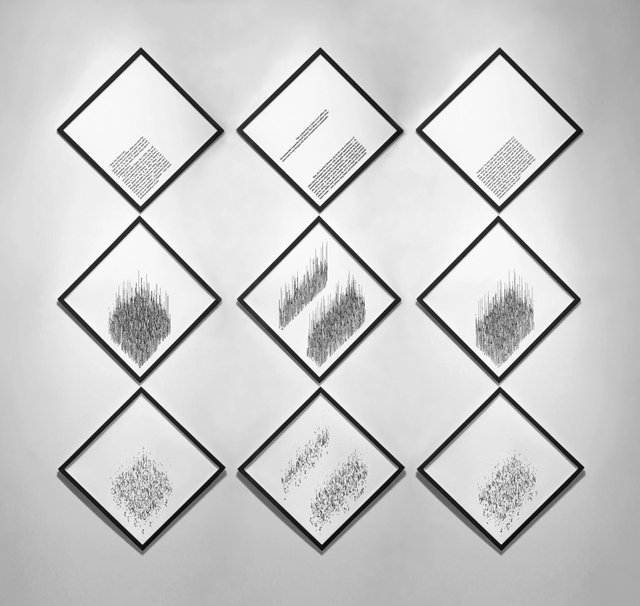
giclée prints, 18" x 18" each, 2011
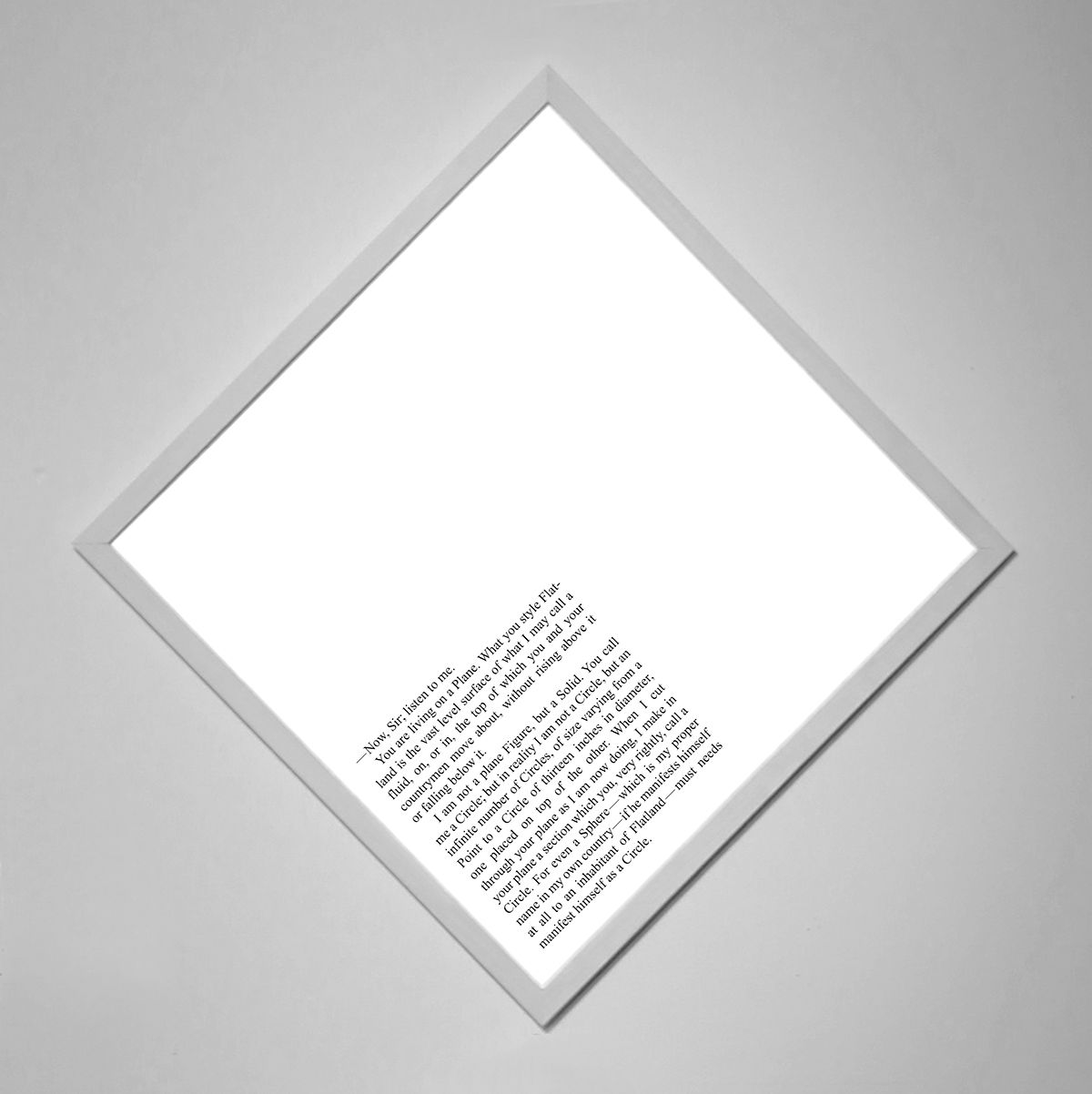
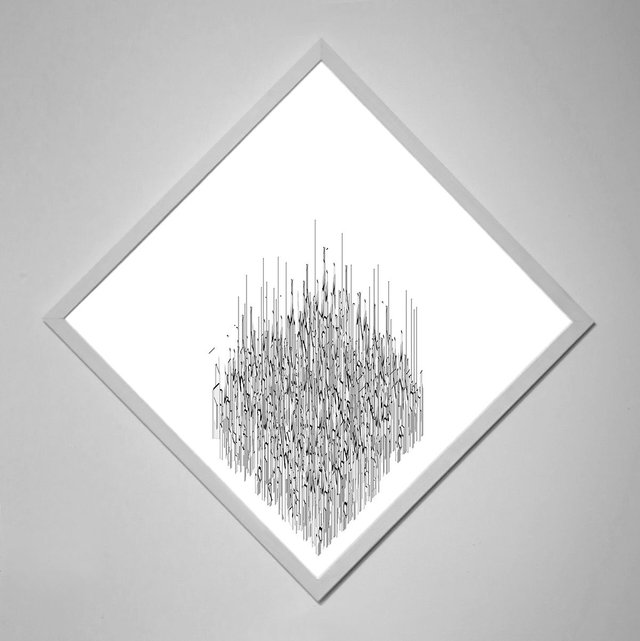
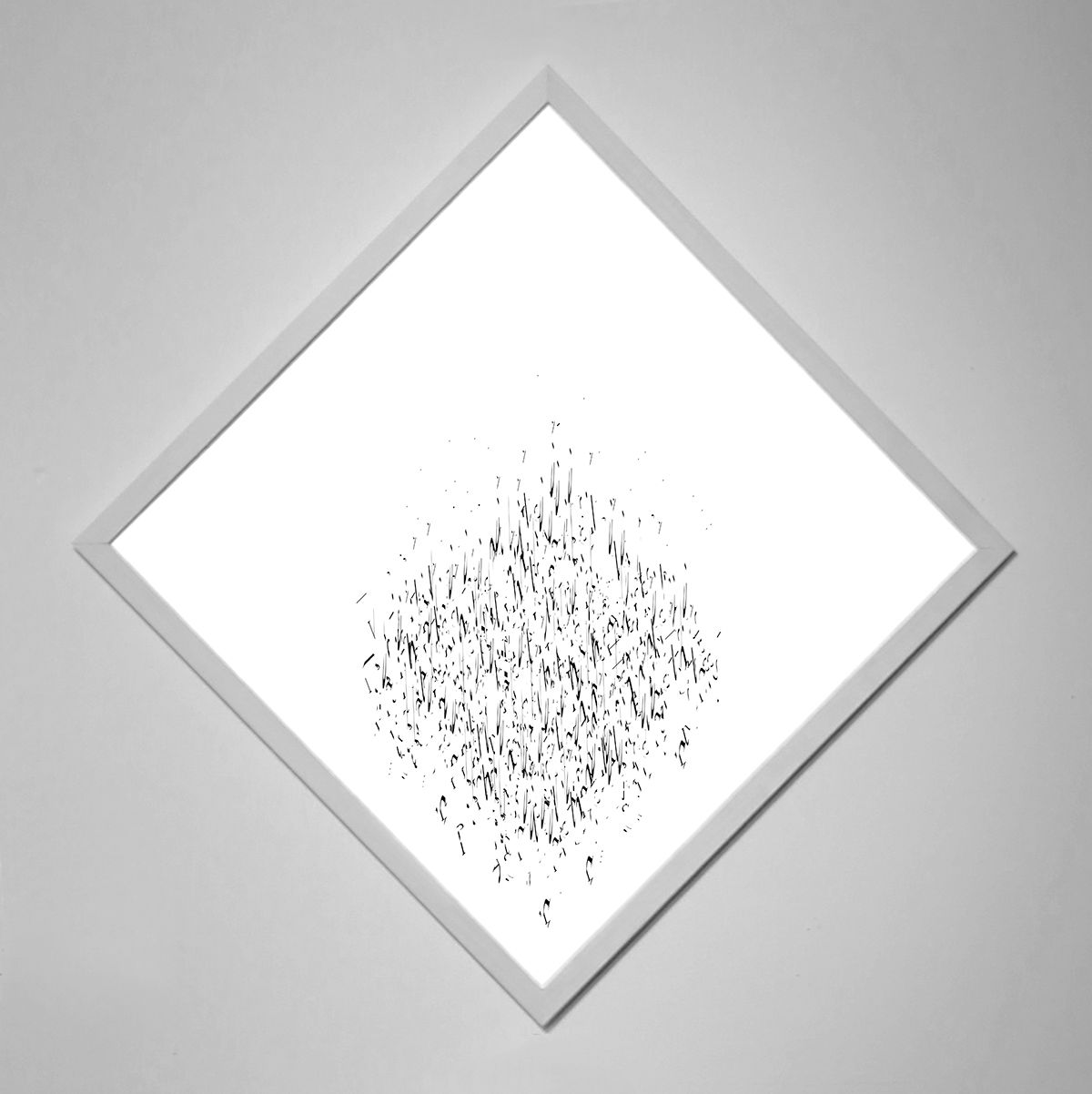
Close-Ups
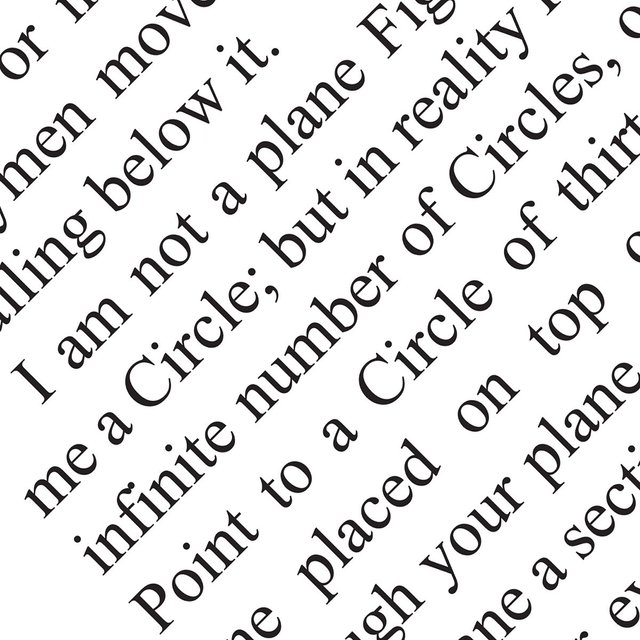
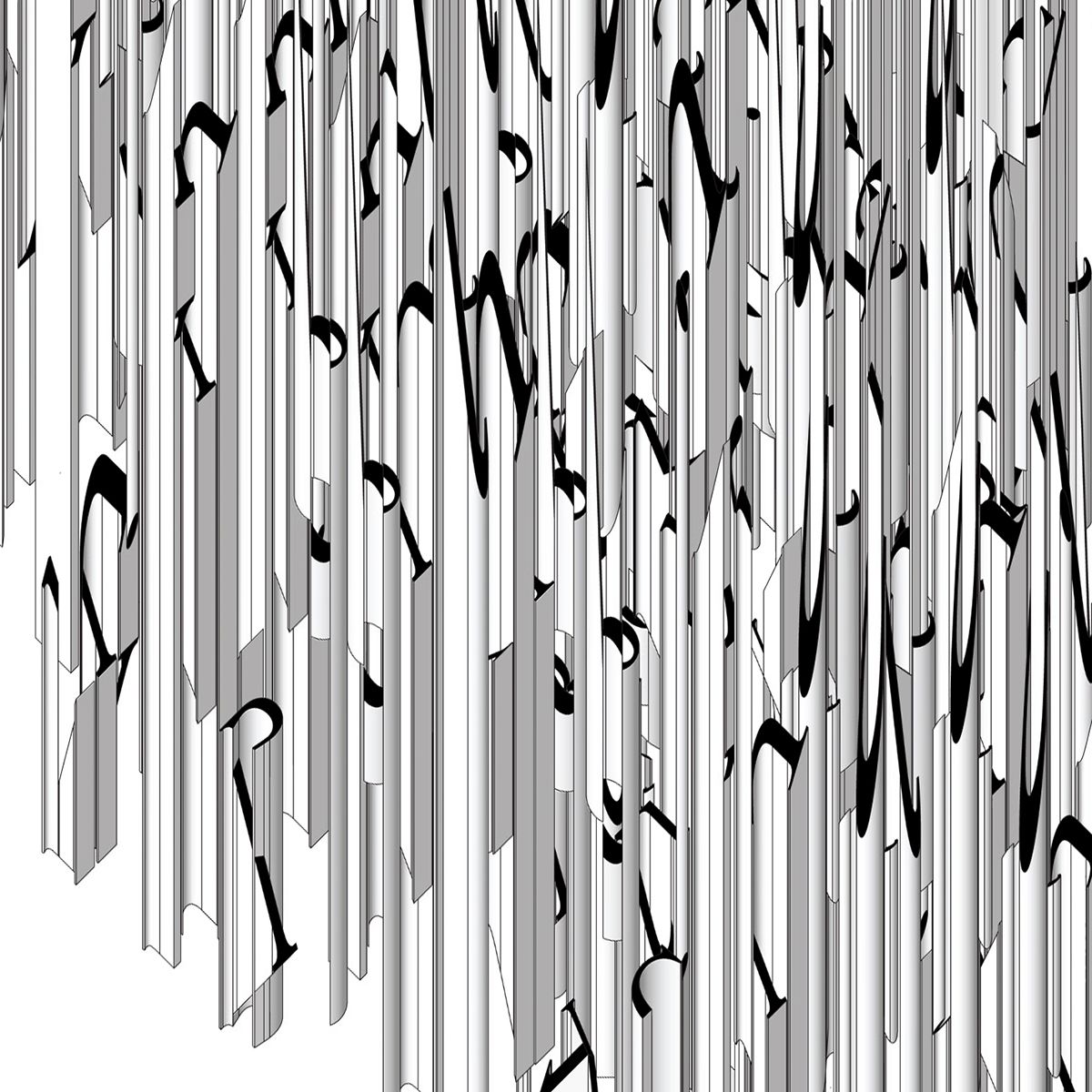
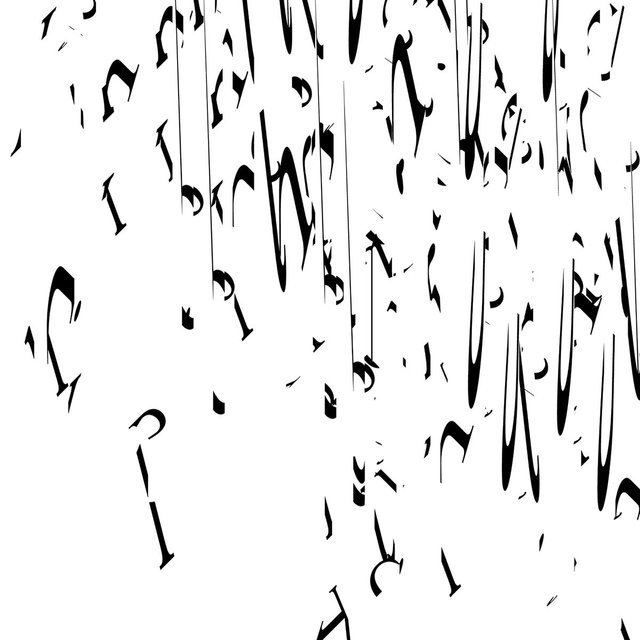
Reflections
My favorite part of this project is the total loss of comprehension between the above view and the rendered view. There are places in the axonometric view where you can see hints of recognizable letters, but as soon as you look at the rendered view (which removes the extruded bodies of the letters and only displays the distorted top surfaces), the English alphabet takes on a completely different life. Suddenly the rigid letters we've come to know well as Times New Roman have a lightness and elegance in their overlapping forms. The text could easily be mistaken for a foreign language, when in fact it is nothing more than our standard English alphabet viewed from a different angle. This project makes it clear that a given body of text can contain multiple perspectives, dependent more on the physical impression of the individual than the objective meaning of the words.
This is the last in a series of four investigations into writing in a three-dimensional alphabet. If you found any of this interesting, I encourage you to check out the books that were explored by each quotation, as they were selected specifically for their applicability to the work itself: Flatland by Edwin A. Abbott, The Library of Babel by Jorge Luis Borges, Drei Utopien by Sergei Eisenstein, and Narcissus and Goldmundby Hermann Hesse. This series of artworks may seem like an abstract concept right now, but I truly believe language is going to transform significantly this century. As our computer screens are replaced with three-dimensional projections and virtual reality, language will have to adapt to this entirely three-dimensional environment. There will no longer be any reason to restrict written text to the flat plane, because so much more information could be transmitted with that extra dimension.
Part 1 | Part 2 | Part 3
Let me know what you think of this 3D text in the comments below.

Amazing Idea of the Art's 💓 picture
Thanks @haseebkhan!
wow i am amazed i never knew about this, very interesting
Thank you @rny!
@erb, such an elegant work! Is this grasshopper?
Thanks so much @mintvilla! Nope no grasshopper - each letter was manually pasted into each quotation one letter at a time. ;) Grasshopper would have made things a lot easier! Grasshopper didn't work for Rhino for Mac at the time...not sure if they've made it work now.
The ending to a fantastic series. You had me hooked since the beginning. Looking forward to more of your projects @erb!
Thanks so much for your support @nostone-unturned! I really appreciate it!
Hey no problem, I find your work really inspiring. A great mix of heart and mind. I printed out a map of the grand canyon and I'm trying to make a drawing out of it. You gave me the idea in your last series of art posts. So far I have something that looks like a horse and eagle facing off. I hope it turns out all right in the end!
I have never seen this before but it is an interesting idea. I might have to take this and make my own creation
Cool thanks @jgblack94 - tag me if you end up making something inspired by this project, I'd love to see what you come up with!